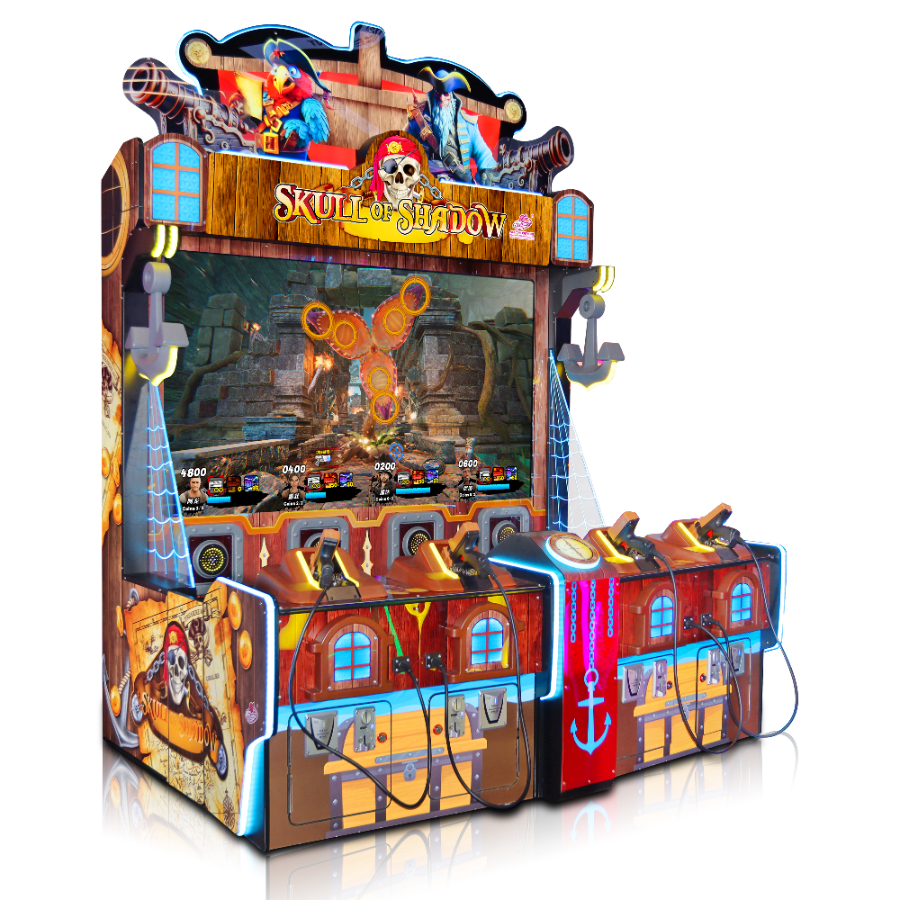Why Science Exploration Games Matter for Child Development
Cognitive Benefits of Interactive Play
Interactive play significantly enhances cognitive functions in children, including memory retention and problem-solving skills. Studies, such as those published in JAMA Network Open, indicate that children engaged in interactive gaming demonstrate a better grasp of complex concepts. Such games stimulate various regions of the brain, promoting neural connectivity that translates into improved academic performance, particularly in math and science. For instance, children engaged in games that simulate scientific exploration can boost their cognitive development by learning to solve problems through strategic thinking.
In addition to cognitive improvements, interactive play encourages critical thinking and creativity, vital components of the scientific method. By engaging in science exploration games, children learn through trial and error, experimenting with different outcomes and honing their decision-making skills. This form of play allows children to think critically about their actions, fostering an inquisitive mindset crucial for academic growth and understanding scientific concepts in later years.
Building STEM Skills Through Gamification
Gamification, the process of using game design elements in learning scenarios, is pivotal in fostering STEM skills among children. By incorporating playful elements into educational experiences, games make STEM subjects more engaging, sparking interest that can lead to future careers in science, technology, engineering, and mathematics. Research has shown that children who participate in STEM-focused games often develop enhanced capabilities in logical reasoning and quantitative skills, essential for success in STEM fields.
Through the design and execution of solutions within games, children cultivate innovation skills critical for navigating the advancing technology landscape. These games enable children to visualize and manipulate STEM concepts, thereby ingraining a deeper understanding. In particular, gamified learning platforms encourage children to identify problems, hypothesize solutions, and adjust strategies, reinforcing the scientific inquiry process and preparing them for real-world problem-solving scenarios.
Physics in Motion: Newton's Laws at Play
STEM arcade machines focusing on physics concepts present abstract theories in a tangible manner, enabling children to experience Newton's laws of motion firsthand. For instance, arcade machines designed around inertia and force allow players to engage directly with these concepts, linking the game experience to real-world applications and thus enhancing comprehension. These machines provide interactive feedback, reinforcing theories learned in traditional classroom settings and creating a dynamic learning environment. In this manner, the integration of arcade machines into educational settings can significantly boost children's understanding of physics while making learning an enjoyable activity.
Teamwork & Problem-Solving in Multiplayer Games
Multiplayer science exploration games are excellent tools for fostering teamwork and enhancing problem-solving skills in children. The social interaction in these games promotes cooperation among players, which is crucial for developing effective teamwork abilities. Research indicates that collaborative gameplay encourages children to face challenges together, improving negotiation skills and collective problem-solving abilities. Additionally, these game environments stimulate peer discourse, allowing for the sharing of ideas and strategies that are essential for deep learning. As children navigate these multiplayer games, they not only enjoy the process but also build vital interpersonal skills that contribute to their personal and academic growth.
Top Interactive Science Arcade Machines for Kids
Dream Ball: Momentum & Kinetic Energy Lab
The Dream Ball arcade machine provides a compelling way for children to grasp the concepts of momentum and kinetic energy through exciting gameplay. By engaging with this machine, young learners can predict outcomes based on motion physics, offering hands-on experience with immediate feedback. This interactive approach not only simplifies complex physics principles but also helps reinforce foundational knowledge vital for higher-level studies, bridging the gap between abstract theory and practical understanding.
Game on Basketball: Trajectory Calculations Made Fun
Game on Basketball seamlessly merges the excitement of sports with educational value by focusing on trajectory calculations. By simulating basketball shots, players gain insights into optimizing angles and distances, integrating mathematical formulas into the fun. This arcade game acts as a practical tool for teaching physics concepts, making it ideal for promoting both physical activity and learning in an engaging manner that highlights the connections between sports and science.
Splash Fight: Laser Optics & Strategic Thinking
The Splash Fight arcade machine brings laser optics principles to life within an interactive multiplayer setup where science and strategy intersect. It exposes children to the behavior of light, angles, and reflection, fostering critical thinking as they experiment with scientific concepts. This game encourages a hands-on approach to learning, making theoretical physics tangible and memorable for growing minds, while simultaneously promoting teamwork and strategic planning.
Blocks Store: Mechanical Physics & Prize Strategy
Blocks Store incorporates mechanical physics into gaming, teaching children about levers, pulleys, and mechanical advantage. Through hands-on gameplay, it contextualizes abstract physics principles, engaging young minds in a practical exploration of mechanics. This machine not only fosters understanding but also offers rewarding experiences, enhancing motivation and engagement as players apply strategic thinking to win prizes, blending play with productive learning outcomes.
Combining Fun & Education: The Future of Kids' Gaming
Balancing Screen Time With Skill Development
Balancing screen time with educational benefits is essential for the healthy development of children, as advised by pediatric guidelines. With the rise of interactive gaming, this balance can be effectively achieved, transforming games into powerful tools for both entertainment and skill acquisition. By setting specific learning goals within game settings, children can engage better and retain knowledge more effectively. This approach ensures that screen time is not only fun but also contributes positively to a child's growth and development, aligning with both educational and developmental objectives. It merges entertainment with learning, making screen time a meaningful educational experience.
Next-Gen Arcade Tech for Classroom Concepts
Emerging arcade technologies, such as virtual reality (VR) and augmented reality (AR), represent promising tools for enhancing STEM learning. These cutting-edge technologies allow children to interact with educational content in immersive and engaging ways, which significantly boosts their engagement levels. As these technologies evolve, they will likely continue to blur the lines between play and education, emphasizing the critical role of innovative tech in the modern learning landscape. This seamless integration of play and learning environments caters to a future where classrooms are not only more interactive but also more effective in facilitating in-depth understanding of complex topics.




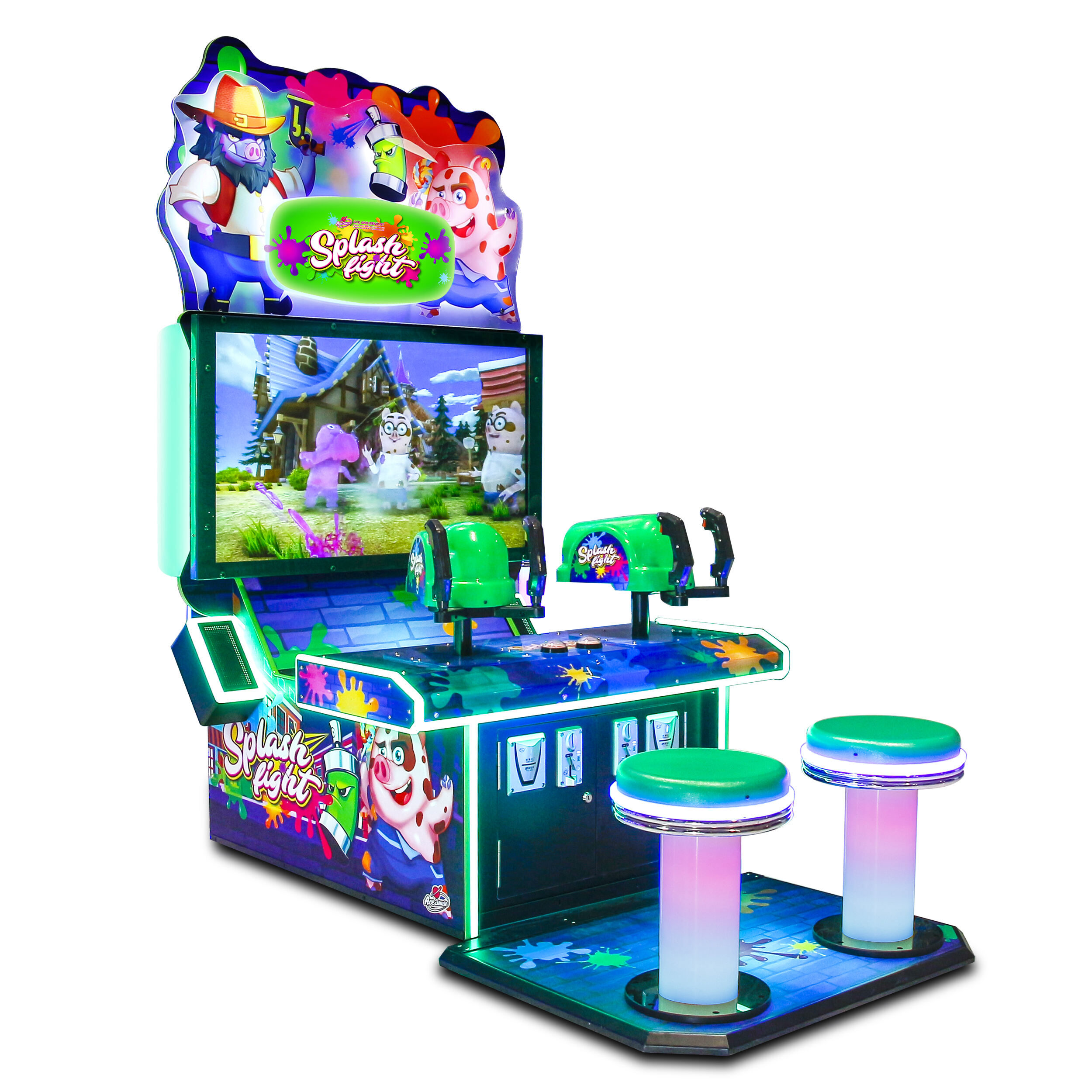
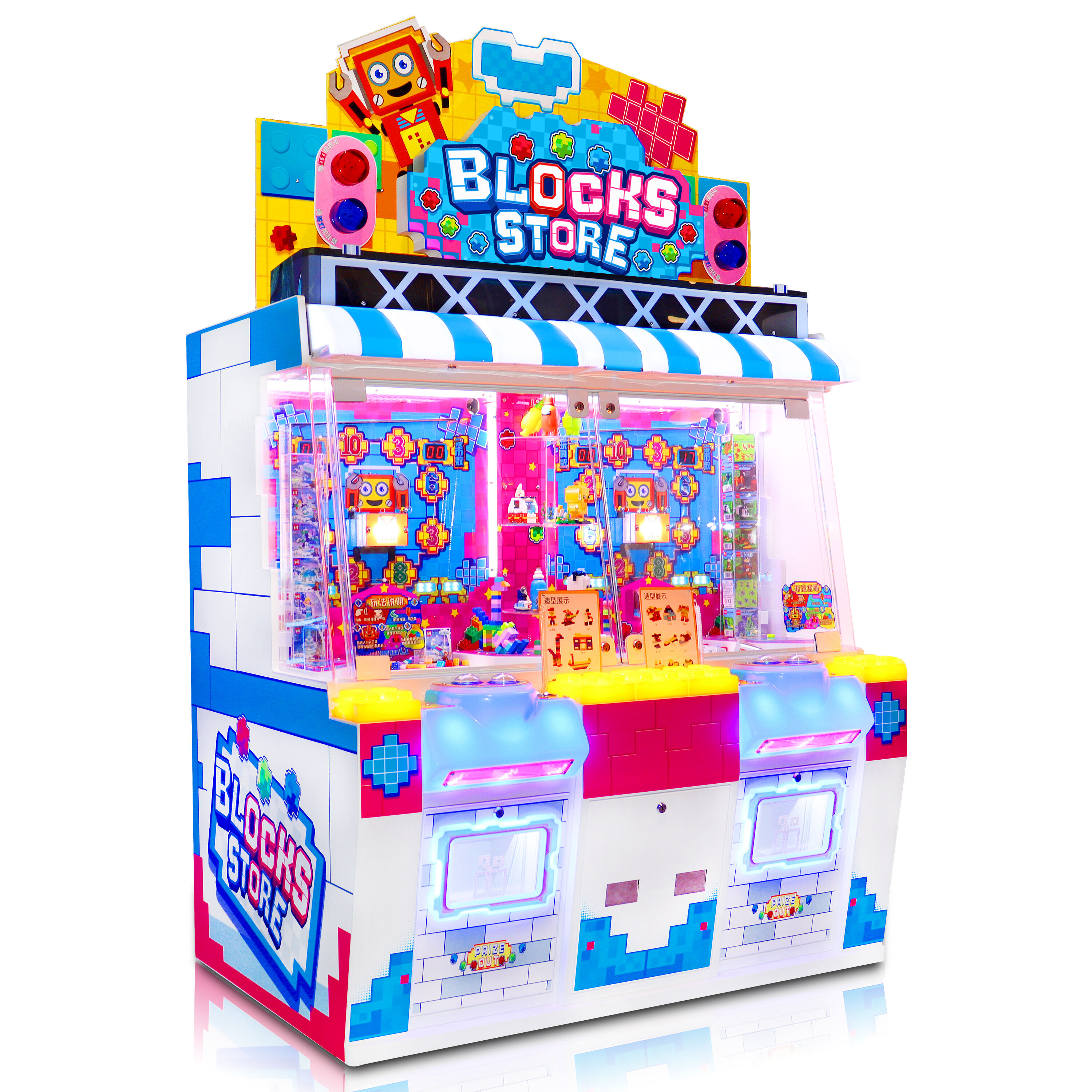
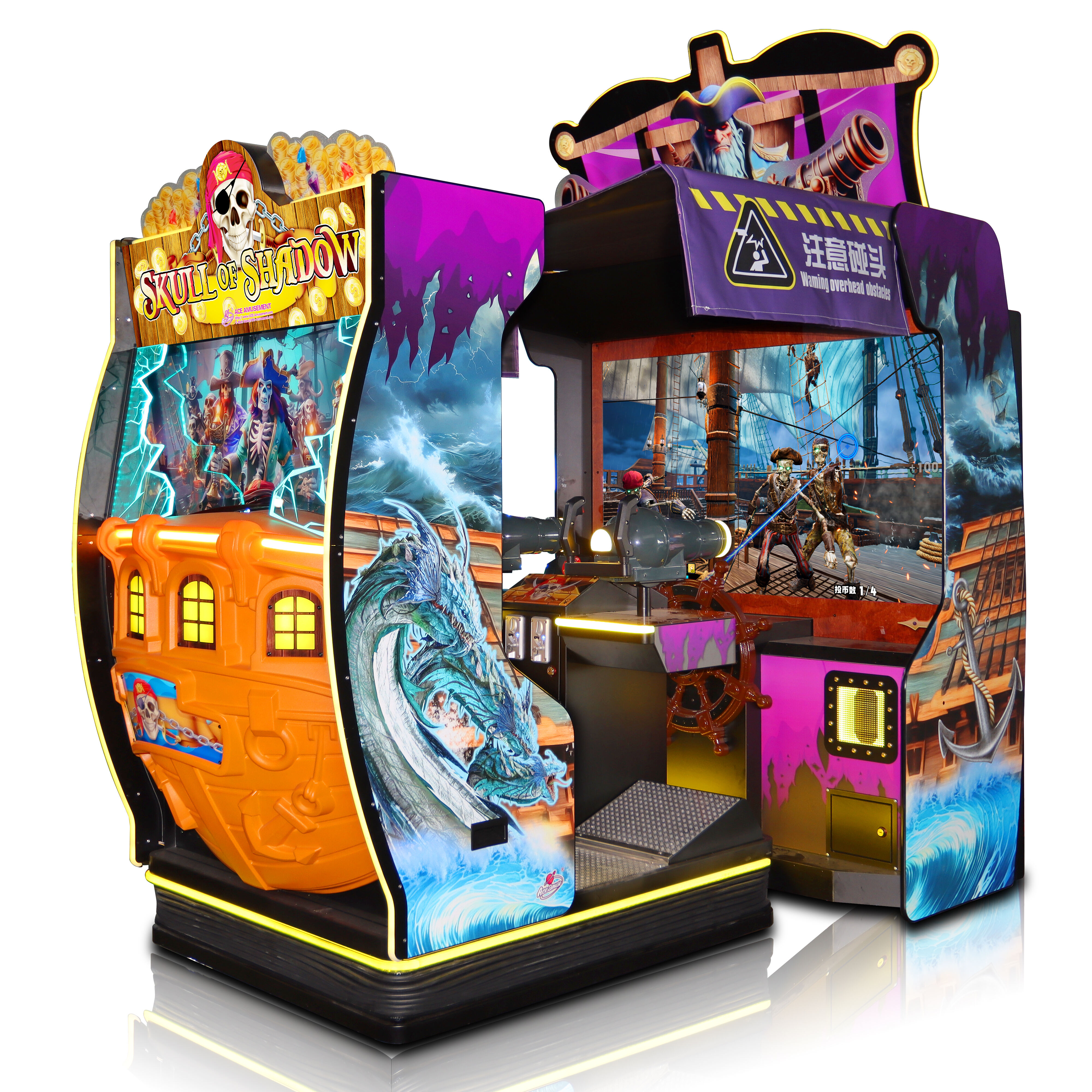
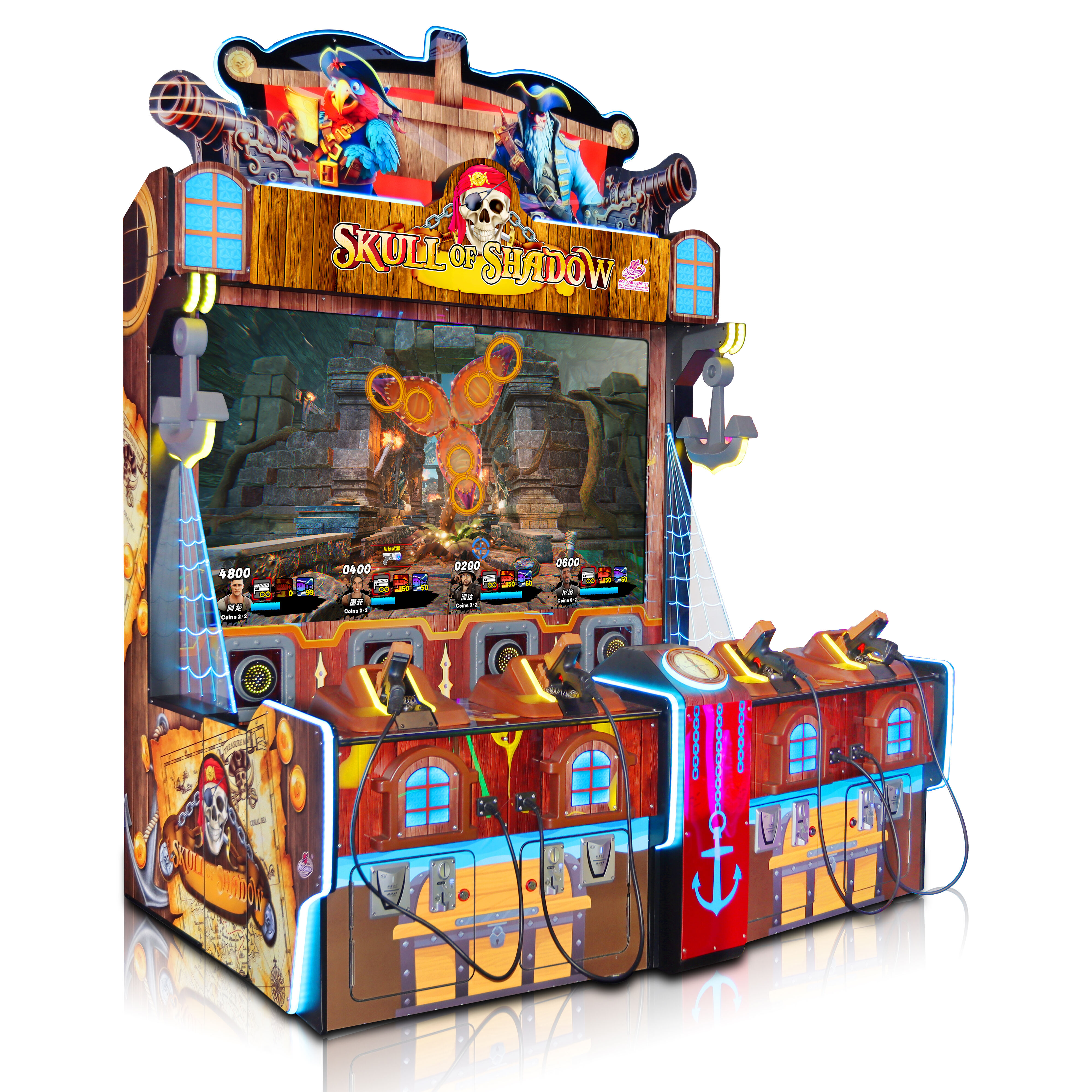
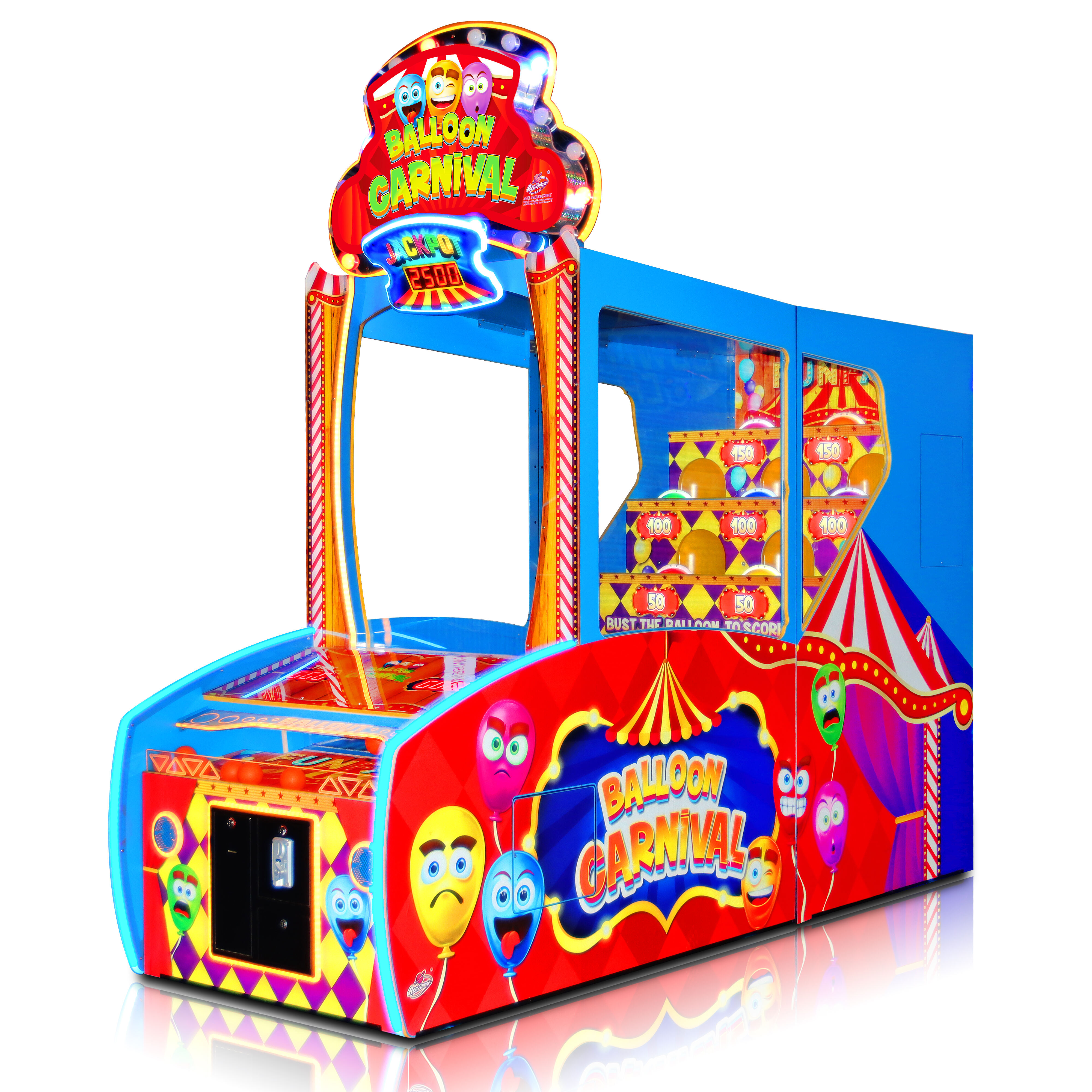
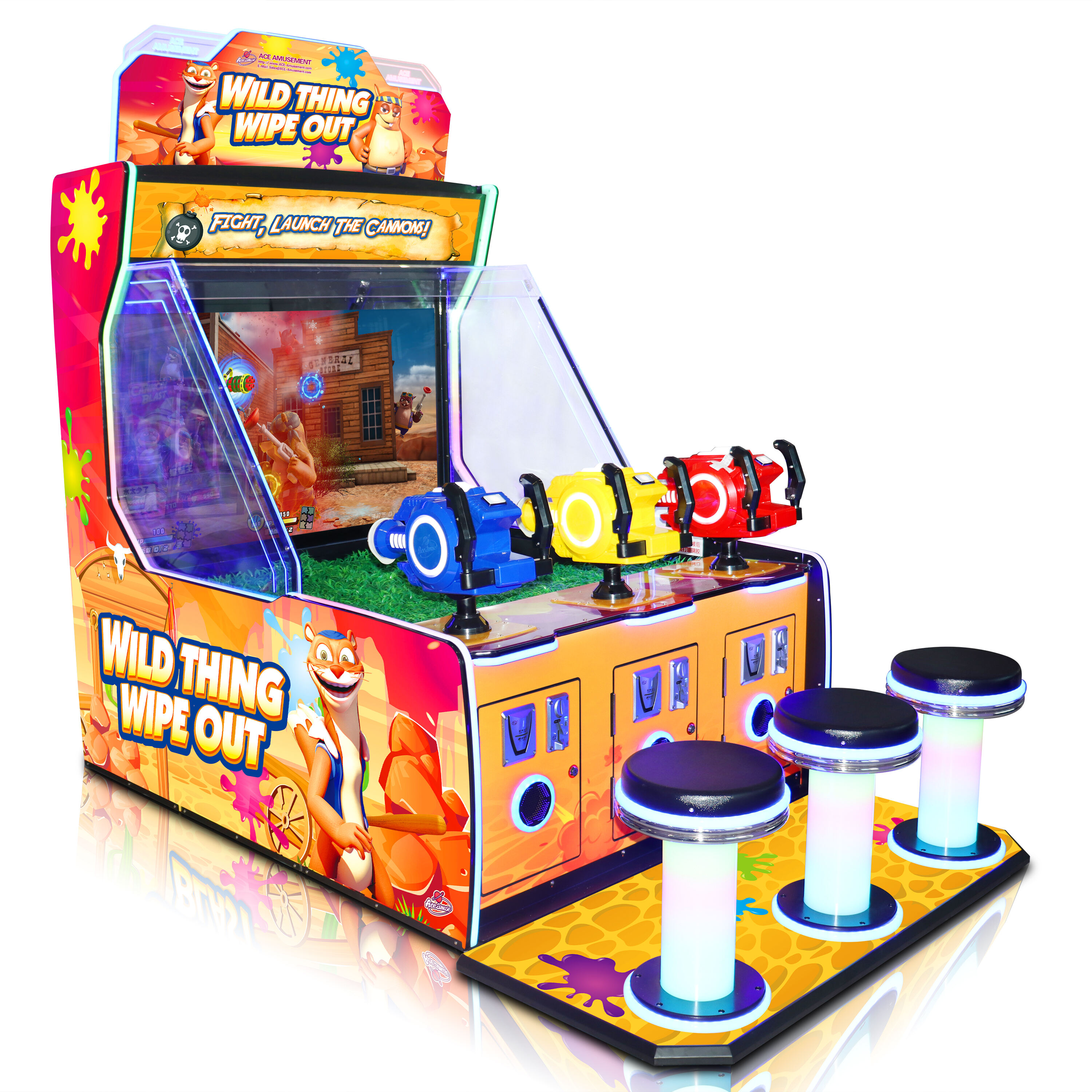
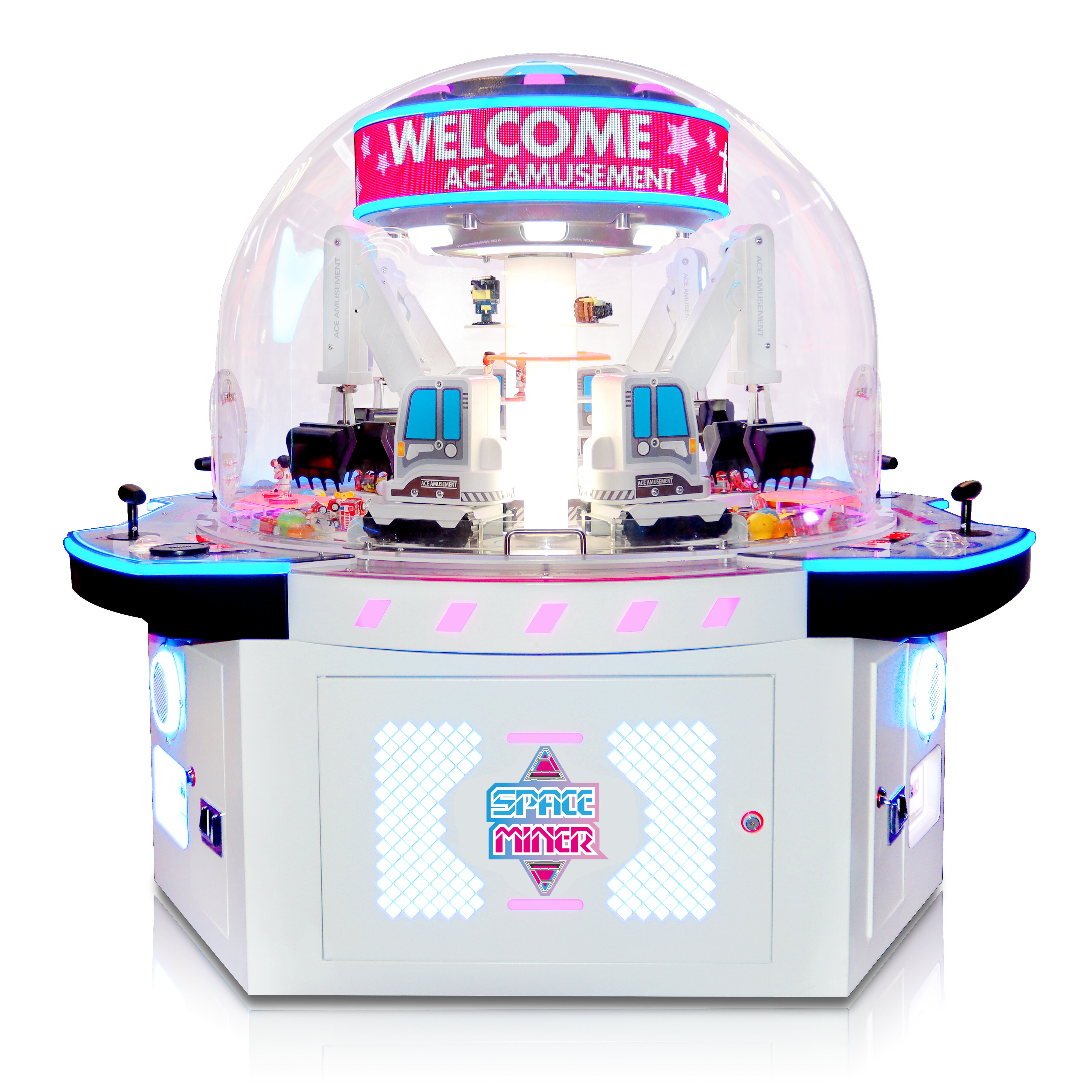
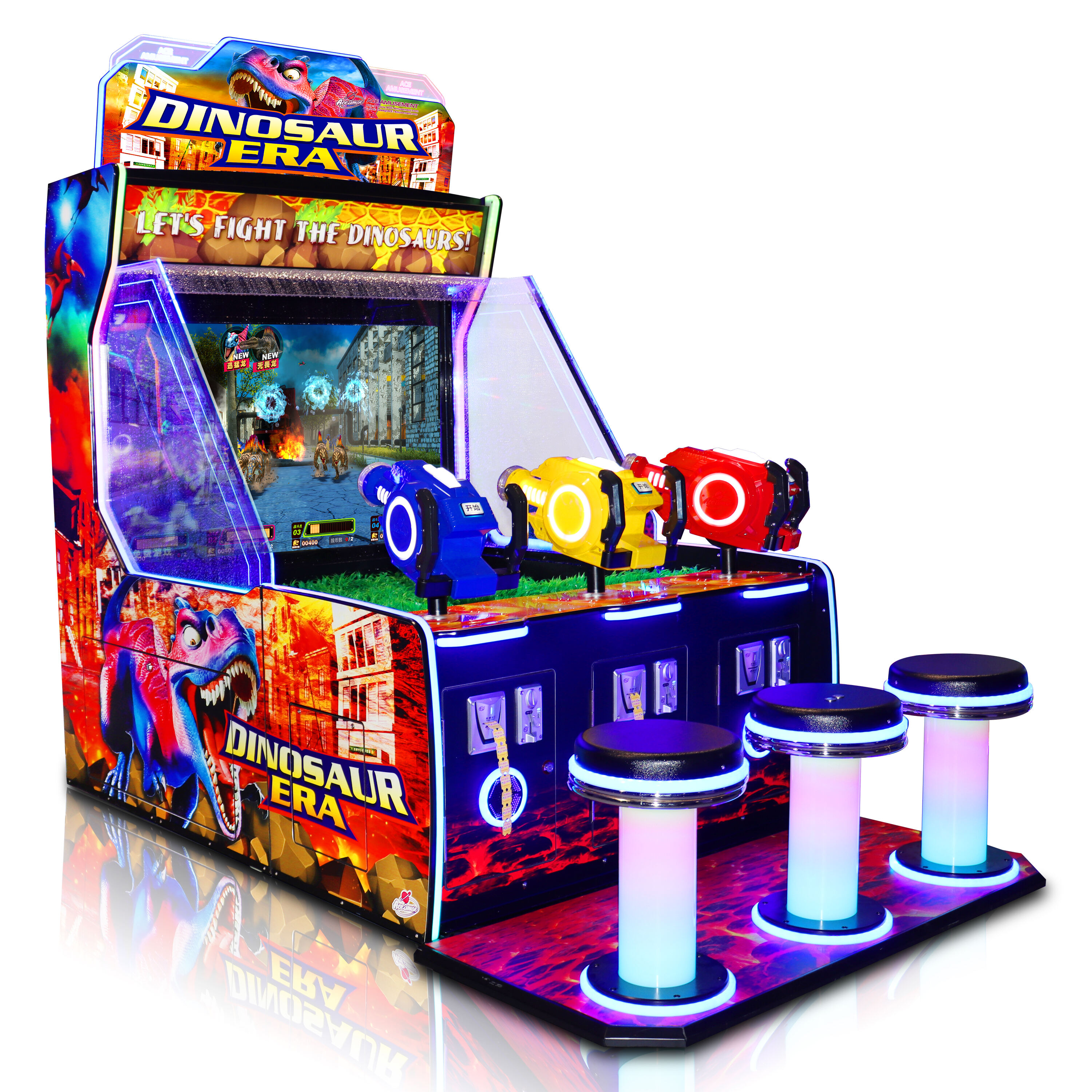
 Hot News
Hot News